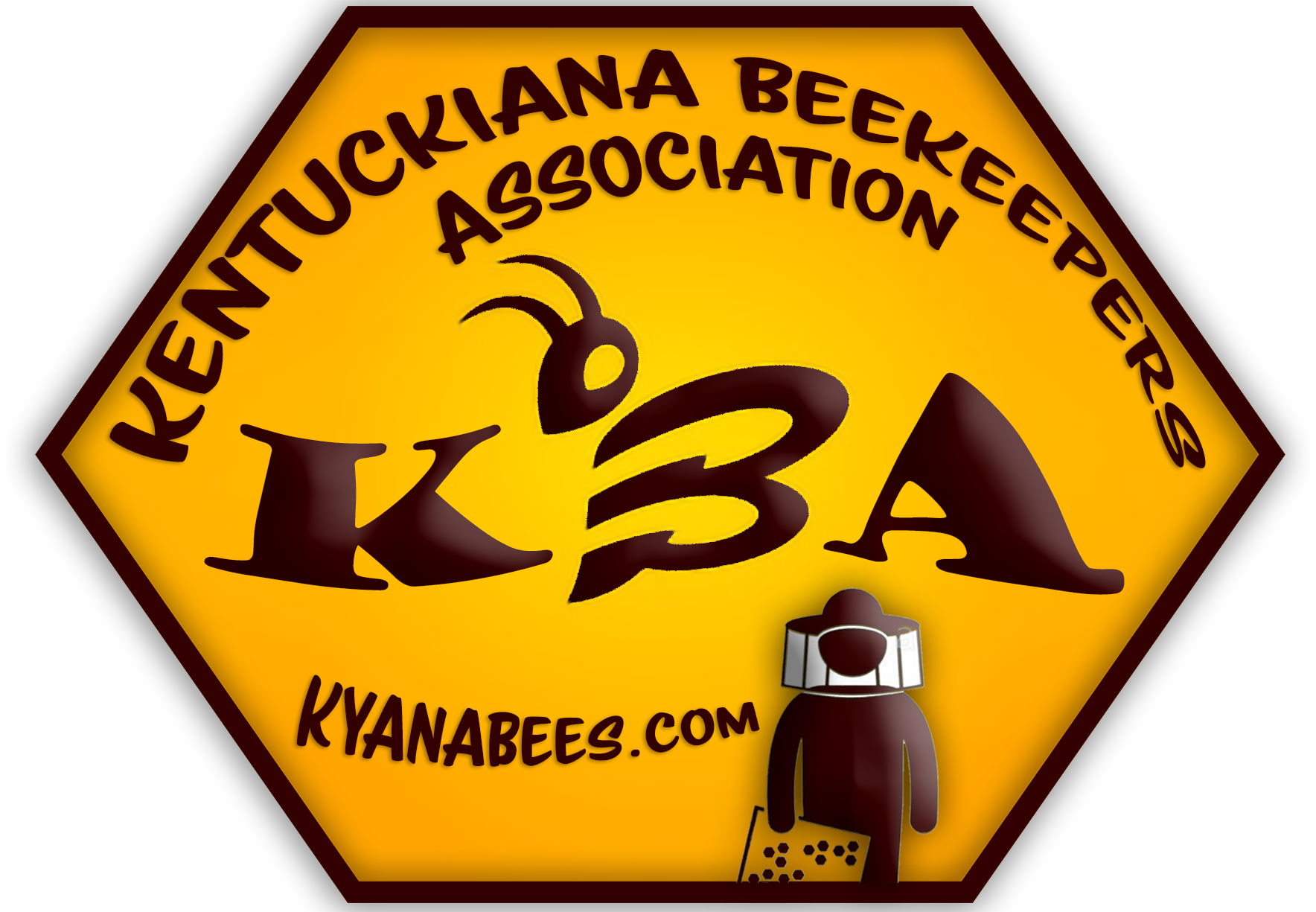October Bee Calendar - What's Happening Inside the Hive
What’s Happening Inside the Hive?
Brood rearing declines dramatically to a small cluster of cells. Drones remaining in the hive are ejected by the workers. The bees begin to winterize their hive by collecting propolis, a sticky substance made from plant resins. The hive is now harder to open, and many frames are glued into position with propolis.
Beekeeper Chores
Queen excluders should be removed by October, since they no longer serve any purpose. Late October or early November is the time to remove the mite treatments. The bees may take a little syrup in early October, but it is usually too late to feed the bees if they have not stored enough honey to make it through the winter.
Take a last look at the bees and make a note as to the size of the cluster and the amount of stored honey. This information will be useful in spring, when you may wonder about problems the bees had in making it through the winter.
Some animals — mainly skunks — are looking for food in preparation for winter. Prevent skunks from scratching at the front of the hive by stapling a barrier of chicken wire or hardware cloth around the front of the hive.
In Eastern Kentucky, bears are becoming prevalent. Like skunks, they will eat the bees to fatten up for winter, but in a much more destructive manner. One bear can demolish the hives and consume most of the brood comb. If bears have been a problem in your area, prevent them from attacking your hives with an electric fence. If bears are persistent, either the bees or the bears must be moved. Contact your local office of the Department of Fish and Wildlife about bear problems.
Observations and Ideas
You may note that some hives have
propolized more than others. This is largely a genetic trait. If you feel this is an annoyance, try queens from a different queen producer.
After the first hard frost, watch the eviction of drones. It’s often a real struggle between the workers and the drones.
Source: http://www.ksbabeekeeping.org/wp-content/uploads/2015/11/beecalendar.pdf







